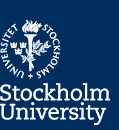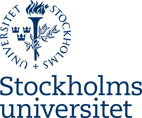The evolution of P2-like bacteriophages
P2-like phages infect members of the gammaproteobacteria (whose members include human pathogens such as Pseudomonas aeruginosa, Escherichia coli and Salmonella). These phages are temperate in nature, allowing the exploitation of both lytic and lysogenic lifecycles. Through the use of phylogenetic analysis as well as structural and genetic information, we are studying the evolution of these phages in combination with their coevolution within hosts.
Isolation and Characterisation of bacteriophages
Work is constantly ongoing within the laboratory to isolate novel bacteriophages against many important human pathogens including methicillin resistant Staphylococcus aureus (MRSA), Klebsiella pneumoniae, and Pseudomonas aeruginosa. These isolated phages are then characterised according to their structure and genetic sequence.





